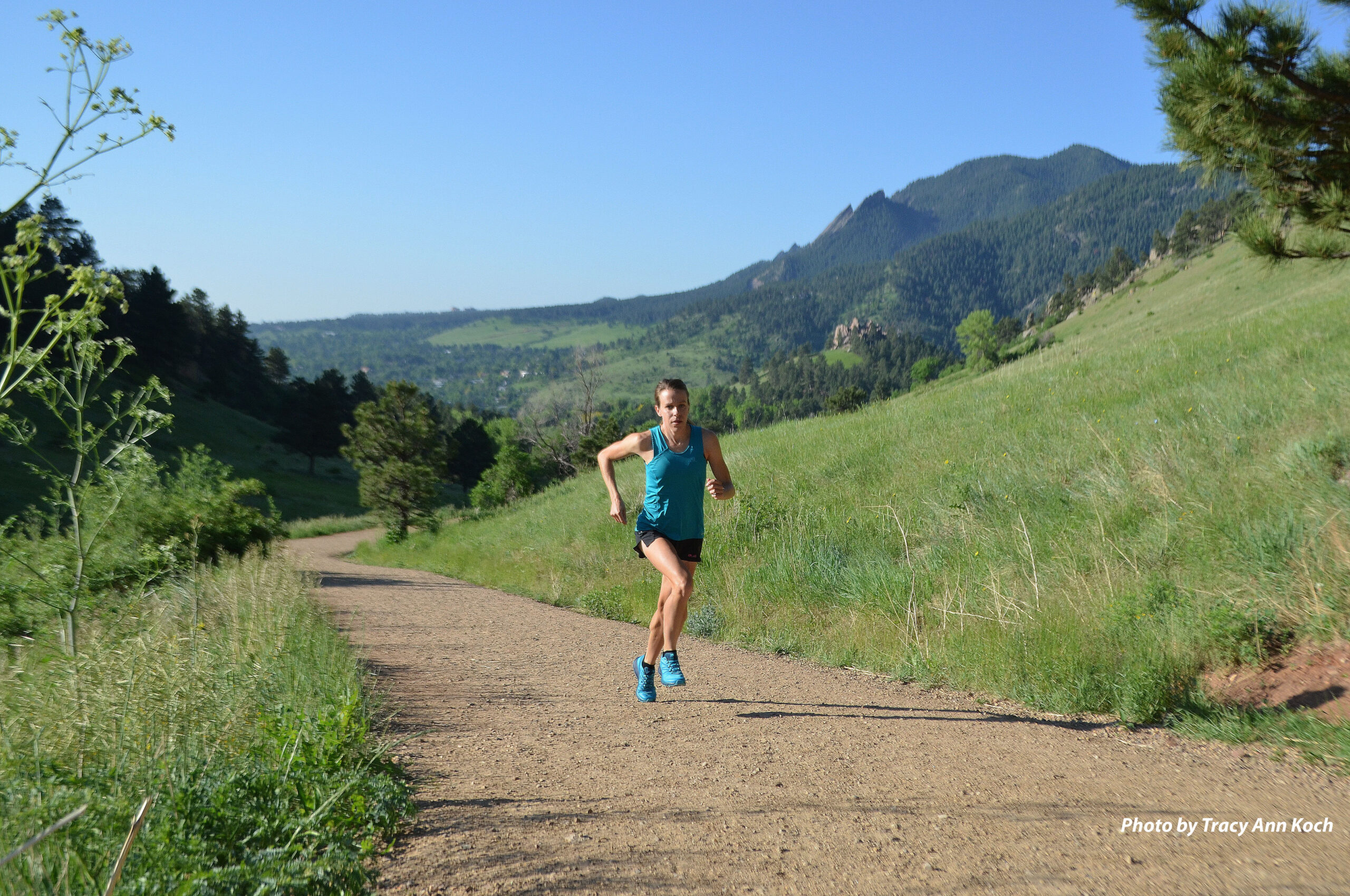Rest and Recovery: How To
by Heidi Wachter
Recovery days: You know they’re necessary, but how can you ensure you reap all the benefits? Check out our tips for not messing it up.
What should I do on my recovery days?
Everyone’s ideal recovery (or rest) day will differ, depending on factors such as training goals, fitness level, and workout intensity, frequency, specificity, and duration. As a starting point, experts agree on the following guidelines:
Keep moving. Resist the urge to sit on the couch and binge-watch TV the day after a tough workout: Moving around at a lower intensity will help your body rejuvenate, flushing out lactic acid (which causes soreness) and keeping your muscles limber. Low-intensity activities like leisurely walks and gentle yoga are options that are beneficial for all fitness levels.
Embrace self-care. Make sure to sleep, rehydrate, and refuel with nutritious foods. Self-myofascial release, such as foam rolling, and massage can also aid recovery.
Try something new, but don’t push too hard. Switching from running to biking or from aerobics to weightlifting adds variety to your workout routine, helps your most-used muscles recover, and prevents repetitive injuries and muscle specification by improving other muscle groups. Just take care not to overstress your system by going all out during recovery; keep the pace conversational and the effort light.
Make time. One or two rest days per week is the sweet spot for most people’s needs, allowing them to recover without sacrificing strength and conditioning gains, according to the American College of Sports Medicine.
Still, this recovery template doesn’t dictate what you would most benefit from. Figuring out whether your personal recovery regimen is working, experts say, is something that most people can answer for themselves only by paying attention to physiological cues indicating the need for more or less time off.
“A feeling of tiredness after successive or repetitive days of training is an indicator that you may want to cut back on your intensity, change your exercise routine, or take a day off,” says David Pascoe, PhD, professor of exercise science at Auburn University.
If you’ve built recovery days into your regimen, but still feel tired, moody, or burned out, or if you are prone to repetitive injuries, look for ways to individualize these guidelines and fine-tune your personal recovery plan.
Heidi Wachter is an Experience Life staff writer. This article originally appeared in Experience Life, the no gimmicks no-hype health and fitness magazine. Learn more at ExperienceLife.com.


